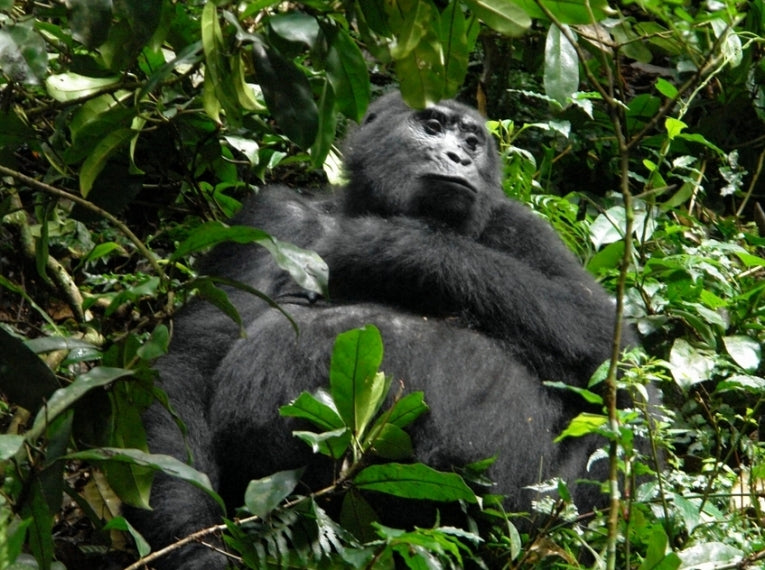The world population of mountain gorillas has increased to 880 individuals, according to the latest census data released by the Uganda Wildlife Authority.
The count, which was carried out last October, revealed 400 individuals to be living in Uganda's Bwindi Impenetrable Forest. Combined with the 480 mountain gorillas estimated to be living within the Virunga Massif (which is made up of the Virunga National Park in DRC, the Volcanoes National Park in Rwanda and Uganda's own Mgahinga National Park), this takes the total world population to 880. Prior to this count, a 2006 census showed there to be 340 mountain gorillas living in Bwindi.
As well as giving a clear indication of the total population within the Ugandan national park, the research also revealed there to be 36 mountain gorilla families, in addition to 16 solitary males.
Welcoming the news, Jillian Miller, executive director of the Gorilla Organziation, said: "This is such good news. It's so encouraging to see that all the years of conservation, with so many people working tirelessly to help protect mountain gorillas.
"It's also wonderful news for Uganda. Now, around half of all the world's mountain gorillas live here; testament to the way people have taken the species to their heart and worked tirelessly to ensure its survival."
So far, ten of the 36 mountain gorilla families living in Bwindi have been habituated to human presence, either for research or tourism purposes. This means that they enjoy not just protection from poachers but also near-constant specialist veterinary care.
At the same time, however, mountain gorillas living across the border in DR Congo continue to be threatened by ongoing insecurity across the east of the country. Over the summer months, fighting raged within the gorilla sector of the Virunga National Park and, while this has eased considerably over recent weeks, frontline conservation workers warn that the critically-endangered gorillas remain at heightened risk due to the instability.










